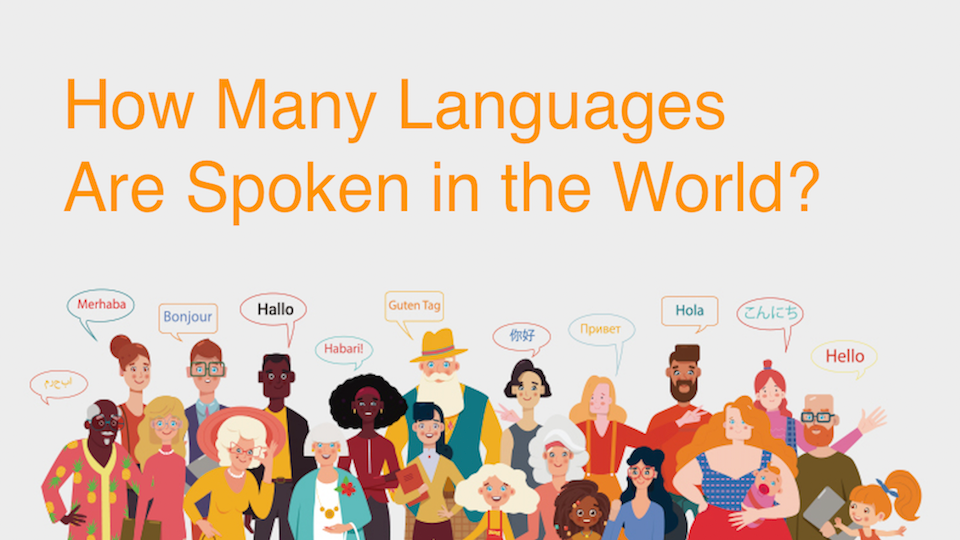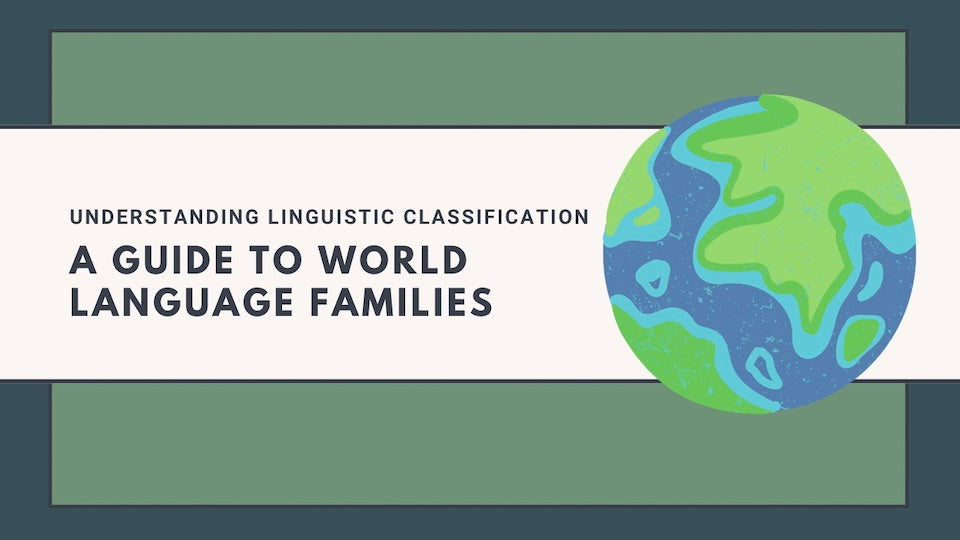
What is globalization? Definition, History, and Impact
Globalization is a term we hear everywhere in today’s news, business plans and political debates. But what does it mean and how does it affect us? This guide defines globalization, looks at its history and examines the pros and cons through real life examples.
What Is Globalization? A Comprehensive Definition
Globalization is the increasing connectedness and interdependence of the world through more and more cross border transactions in goods and services, free flow of international capital and the faster and wider diffusion of technology and culture.
This has changed how nations, businesses and individuals interact with each other. At its core globalization enables international trade by reducing or eliminating borders between countries, allowing the free movement of goods, services, capital and sometimes people across borders. This connectedness creates a global market where businesses can operate globally and consumers can access products from anywhere.
It goes beyond economics to include cultural exchange, political cooperation and technological integration, so it’s a multi faceted phenomenon that touches almost every aspect of modern life.
The Historical Evolution of Globalization
The historical evolution of globalization was never a sudden, overnight phenomenon. It came about through distinct waves of development, each driven by different forces and resulting in very different outcomes.
First Wave of Economic Globalization (1800s-1914)
That wave began in the 19th century. Industrialization, better transportation and colonial expansion were the key drivers. The steam engine—when it was invented—revolutionized both manufacturing and transportation. Steamships and railways made moving goods across continents and oceans much faster and cheaper. Trade grew exponentially during this period, and the gold standard provided a stable foundation for cross-border transactions.
European powers set up colonial networks that created new trade routes and market opportunities. But that first wave came to an abrupt end with the start of World War I in 1914. That war—understandably—disrupted international trade and cooperation.
Second Wave After World War II
After two world wars and the Great Depression the second wave of globalization kicked in mid 20th century. This was a period of international cooperation and institution building with the establishment of the United Nations, the International Monetary Fund (IMF), the General Agreement on Tariffs and Trade (GATT).
The Bretton Woods system provided monetary stability, successive rounds of GATT reduced tariffs on manufactured goods and multinational corporations emerged and outsourcing began as companies looked to take advantage of lower production costs abroad. Trade agreements like the European Economic Community (later the European Union) and the North American Free Trade Agreement (NAFTA) made cross border trade easier.
Third Wave Beginning in 1995 with the WTO
The third and current wave of globalization began in around 1995 when the World Trade Organization (WTO) came into being to succeed GATT and offer a broader institutional structure to world trade. The wave has been characterized by high-tech transformation, particularly in communications and information technology, which has dramatically reduced the cost of international business.
The internet and digital technologies have enabled global real-time communication, e-commerce, and the new digital economy. Developing economies, particularly Asian economies, have become leaders at the same time. China's economic rise and integration into the global economy has been the greatest thing that has occurred over the past several decades and has revolutionized the patterns of world trade and global power structure.
Benefits of Globalization
Globalization has brought many benefits that have changed economies and societies worldwide.
Enhanced International Trade

One of the most obvious benefits of globalization is the huge increase in international trade. Lower tariffs, better transportation and digital connectivity have made it easier for businesses to sell into foreign markets. This expanded market access allows companies to grow beyond their domestic economies and reach billions of potential customers worldwide.
International trade also gives consumers access to more goods at better prices. For example Americans can buy French wine, German cars, Japanese electronics and clothes from all over the world and export their own products globally.
Economic Growth and Foreign Direct Investment
Globalization has brought about economic growth especially in developing countries that have opened up to international trade and investment. Foreign direct investment (FDI) brings in capital, technology and expertise to countries that otherwise lack these resources.
When multinational corporations set up operations in developing countries, they create jobs, train local workers and transfer knowledge and technologies. This investment can spur broader economic development through supply chains, infrastructure and increased tax revenue. Countries like Vietnam, Thailand and Malaysia have grown remarkably partly because they are part of the global supply chain and attract foreign investment.
Technological Advancements and Cultural Exchange
The spread of technology is both a driver and a result of globalization. As companies go global, they bring in new technologies to different regions and increase productivity and living standards. The global competition also pushes innovation as businesses try to stay ahead.
Beyond economics, cultural globalization has enriched societies through the exchange of ideas, arts, cuisine and values. People around the world now enjoy films, music and literature from different cultures. Educational opportunities have expanded through international programs and online learning and knowledge flows across borders more freely than ever before.
Disadvantages of Globalization
Despite all the positives, globalization has generated many issues for societies and the environment globally.
Job Displacement and Income Inequality
One of the most contentious impacts of globalization is the impact on jobs within industrialized countries. As manufacturing and some services move to countries with lower labor costs, workers in higher-wage countries may lose their jobs or see their wages cut. Entire communities based on specific industries have been decimated when such industries move overseas.
Globalization has reduced inequality between countries but has typically increased inequality within countries. The benefits of economic integration in the world have not been shared equally, with knowledge workers who are highly educated benefiting more than workers in low-skill service or old-line manufacturing occupations. This increasing gap in income has created resentment towards globalization in many countries.
Cultural Homogenization and Environmental Concerns
Critics fear that globalization leads to cultural homogenization when international brands and entertainment spread across the world and local customs and cultural diversity are lost. English as a global business language and language of the internet while facilitating communication may threaten language diversity.
And then there is the concern of environmental degradation. The worldwide transportation network that international trade rides on is guilty of a tremendous amount of carbon emissions. Production can be relocated to countries with less stringent environmental protection policies, effectively exporting pollution. And the consumption-based model of globalized economies stretches natural resources and ecosystems worldwide.
Labor Exploitation and Economic Vulnerability
Globalization can mean workers in countries with weak labor laws are exploited. Multinational corporations create jobs in developing countries but sometimes these jobs come with poor working conditions, low wages and limited rights. The pressure to be competitive in global markets can lead to a “race to the bottom” in labor standards.
And economic globalization creates new vulnerabilities. The 2008 financial crisis showed how a problem in one big economy can spread globally in no time. Countries that are highly connected to global supply chains can be hit harder by disruptions as the COVID-19 pandemic showed when international trade was severely disrupted.
Real-World Examples of Globalization

To better understand globalization's practical implications, let's examine 2 concrete examples.
Toyota’s Localized Global Strategy
Toyota is the epitome of globalization through its “glocal” approach – think global, act local. The Japanese car maker manufactures in over 30 countries, adapting designs and marketing to local tastes while maintaining global standards. In the US, Toyota has multiple manufacturing plants with thousands of American workers, showing how foreign investment can create domestic jobs.
Toyota’s production system is also globalised, with components coming from many countries before final assembly. This has allowed Toyota to be one of the world’s biggest car makers while still being close to local markets.
Apple’s Global Supply Chain
Apple’s iPhone is one of the most complex global supply chains out there. Designed in California, the iPhone has components from dozens of countries. Processors from Taiwan, memory chips from South Korea, cameras from Japan, rare earth elements from China and final assembly (usually in China or increasingly in countries like India and Vietnam).
This complex supply chain allows Apple to tap into expertise from around the world while optimizing costs. But it also exposes the company to geopolitical risks and ethical concerns around labor practices and environmental impact across its vast network of suppliers.
Building a Global Business with Translation
If you want to be global you need to communicate across languages and cultures. Translating and localizing your website, marketing materials, product information and customer support resources can be the difference between global success and failure.
Modern AI translation solutions have made this process faster and cheaper than ever. Advanced translation management systems can handle large volumes of content and maintain quality and consistency across languages. So even small and medium sized businesses can go global and communicate with customers worldwide.
The best global businesses combine technology with cultural intelligence, adapting their offerings to local preferences and expectations while keeping their brand identity intact. This balanced approach to globalization allows businesses to expand their market reach while building relationships with diverse customer bases.
Conclusion
Globalization is one of the defining features of our times, reshaping economies, societies and individual lives in profound ways. While it has brought economic growth, cultural exchange and technological advancement it has also created huge challenges around inequality, environmental sustainability and cultural preservation.
As we move forward in a more connected world the key will be to benefit from globalization while fixing the drawbacks through good policies, ethical business and international cooperation. By understanding globalization’s complexities individuals, businesses and governments can navigate the opportunities and challenges of the future.
FAQs
What is the difference between globalization and internationalization?
Globalization is the broader process of the world coming together economically, culturally and politically. Internationalization is when companies expand into foreign markets but keep their headquarters and main focus in their home country. Globalization is a macro level phenomenon, internationalization is one organizational response to it.
Is globalization good or bad for developing countries?
It depends on how countries engage with the global economy. Countries that have strong institutions, invested in education and implemented strategic industrial policies have benefited a lot from globalization. Countries that don’t have these foundations may see exploitation of resources and labor without development benefits. The most successful developing countries have taken a managed approach to global integration rather than just opening their economies without protection.
How does globalization affect local cultures?
Globalization creates both challenges and opportunities for local cultures. While it can lead to homogenization through global brands and media, it also provides platforms for local cultures to reach global audiences. Many communities have responded to globalization by emphasizing their unique cultural identities while selectively adopting external influences. The internet has enabled both the preservation of cultural traditions through digital documentation and their evolution through cross cultural exchange.




















